Many of this site’s readers have large storage requirements due to a focus on centralizing redundant storage for multiple client PCs. One common scenario is streaming video to client PCs. Personally, I use a mix of mainly micro ITX (mITX) platforms as HTPC streaming PCs. My typical configuration involves a mITX motherboard with a low power CPU, on-board GPU capable of accelerating popular video codecs, 4GB of RAM and a solid state drive. In fact, I have moved away from even including optical drives in these configurations because they tend to add cost without much value. Over the past few months, I have tried about twelve different mITX cases from approximately $35 to $150, and have found the Apex MI-100 mITX HTPC case to be a nice mix of value, functionality, size and feature set. To that end, I now own three of them and figured since I get questions about them quite often, I may as well do a short write-up.
Test Configurations
The test configurations are the three builds I use on a regular basis. I have quite a bit of experience with the product, so I think it helps put things in context.
Configuration 1:
- CPU(s): Intel Core i3-530
- Motherboard: Intel BOXDH57JG mITX motherboard
- RAM: 2x 2GB (4GB total) of G.Sill DDR3 1600 (non-ECC)
- Case: Apex MI-100 mITX case
- Drive(s): Intel X25-V 40GB
- Power Supply: Included Apex MI-100 250w PSU
- OS(es): Windows 7 Pro 64-bit
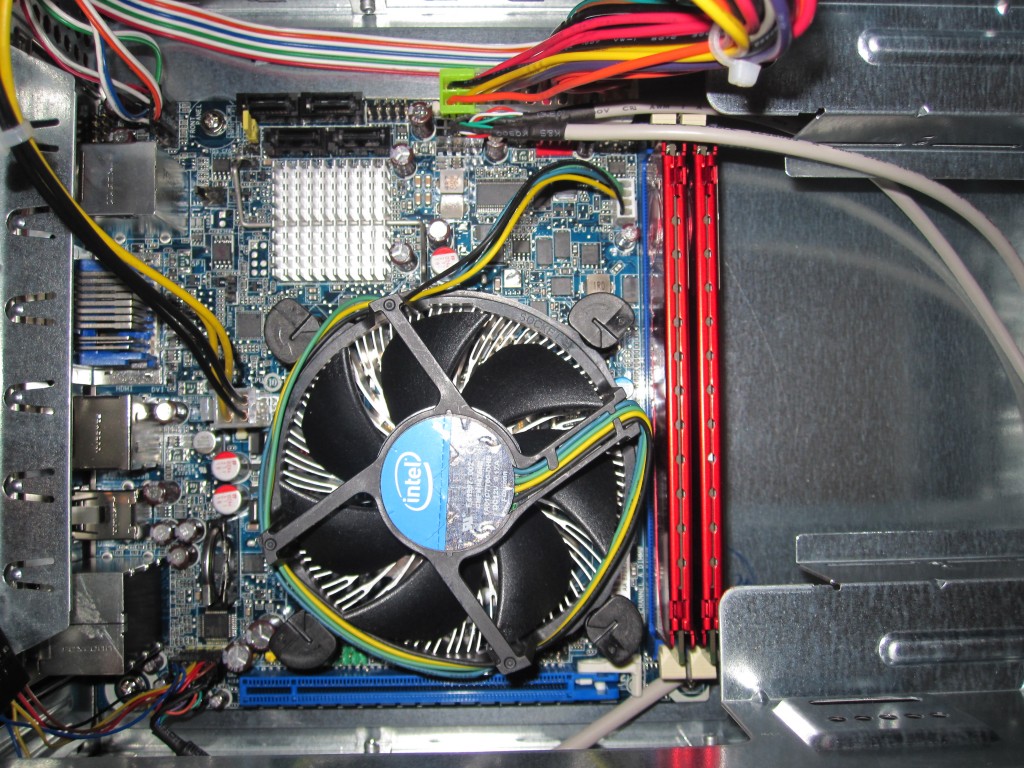
Configuration 2:
- CPU(s)/ Motherboard: ZOTAC NM10-A-E with onboard Intel Atom D510
- Memory: 4GB of OCZ Platinum DDR2
- Case: Apex MI-100
- Drive(s): Patriot PS-100 32GB
- Power Supply: Included Apex MI-100 250w PSU
- OS(es): Windows 7 Pro 64-bit
Configuration 3:
- CPU(s)/ Motherboard: Asus AT3N7A-I with onboard Intel Atom N330/ NVIDIA ION
- Memory: 4GB of OCZ Platinum DDR2
- Case: Apex MI-100
- Drive(s): Patriot PS-100 32GB
- Power Supply: Included Apex MI-100 250w PSU
- OS(es): Windows 7 Pro 64-bit
You will notice that these are three systems I use daily. The small SSDs are to keep noise down and install the OS plus minimum applications as I do not put expensive software licenses on these systems (e.g. Microsoft Office). The purpose of each machine is to remain quiet, not produce vibration, and output different forms of media stored on the WHS to varying locations.
Features
First off the finish of the case itself is a powder coated shining black finish, with a silver mirrored finish front. I will leave aesthetic comments aside as I feel fairly neutral about the look, and it is a personal preference. Some may love or dislike the mirrored finish, but the frontal area of the case is very small. The powder coated finish does pick up fingerprints; however, I very rarely touch my case after installation because I tend not to install optical drives. Like a 1990’s era tower case (just significantly smaller at a listed 5.1 x 8.7 x 11.8 inches and 7.2 pounds) the glossy back steel case slides off the case in the back and is secured by four screws in the rear. It would have been nice to have thumbscrew mounts, but alas, the case is going to be rarely opened purely because of the lack of expansion slots and sometimes, in the case of Atom builds, even a removable CPU.
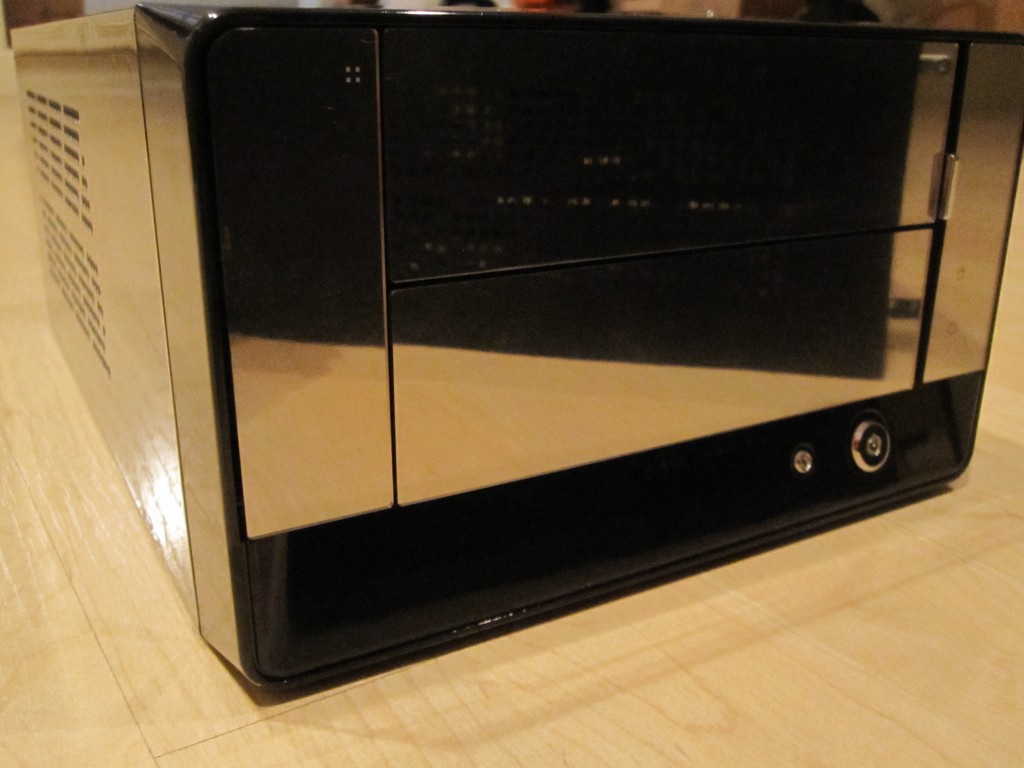
Expansion Slots
From a drive bay perspective, there is a single 5.25″ drive bay that has a plastic mirror finish cover that matches the outside of the case. As a quick tip for those like me who use only 2.5″ SSDs in these type builds: “mounting” the SSD in the 5.25″ bay makes the drive serviceable without requiring one to open the case. Internally, there is a 3.5″ bay that works well for hard drives, however the lack of cooling options probably makes it best practice to either use SSD’s, notebook drives, or 3.5” Green series drives.
The front of the case is a silver mirror cover situated over the optical drive providing a cleaner look to the installed unit. The mirror covering for the 3.5″ bay (below the 5.25” bay) is also a welcome touch, although the use of 3.5” bay removable media is probably dwindling. The left side of the front face can be opened to reveal two USB ports as well as headphone out and microphone in ports.
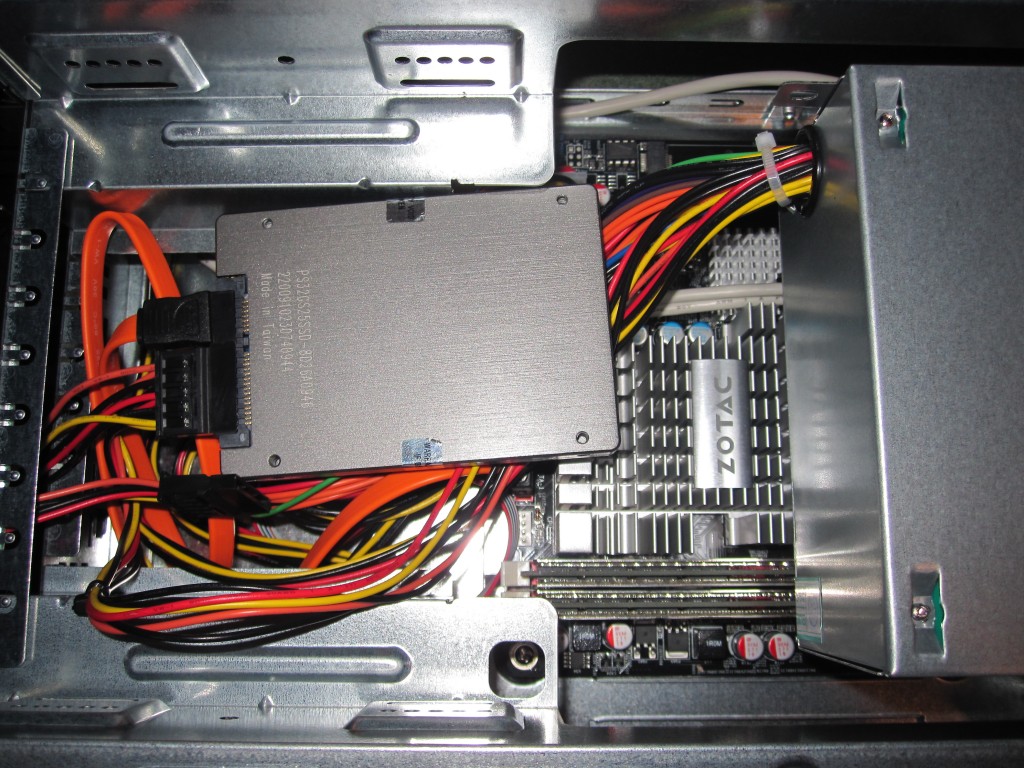
Cooling
Cooling options in the Apex MI-100 are not what one would call abundant. The system basically consists of air vents on either side of the case and a PSU fan that exhausts out of the unit’s rear. The single PSU fan is very quiet and it moves enough air to passively cool the Asus AT3N7A-I platform completely to the point I was able to remove the included noisy CPU/Chipset fan for that board. Due to the PSU placement, large tower coolers are out of the question, however the stock Core i3/ Core i5 fan fits perfectly well. I will say that I cannot hear my Core i3-530 in the BOXDH57JG even with both the PSU and CPU fans running, so that is nice.
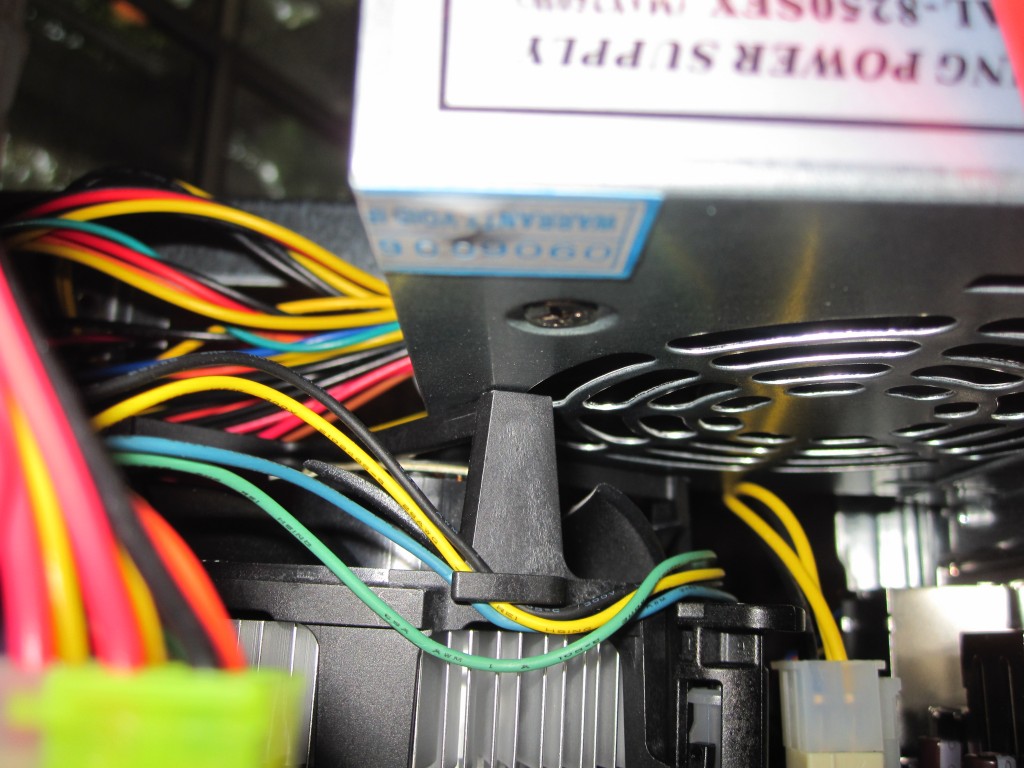
Cooling other components is more challenging as there is really no good place to mount a fan unless one starts to drill the steel case cover. This probably limits one’s ability to use things like 7,200rpm drives without at least a concern over heat buildup.
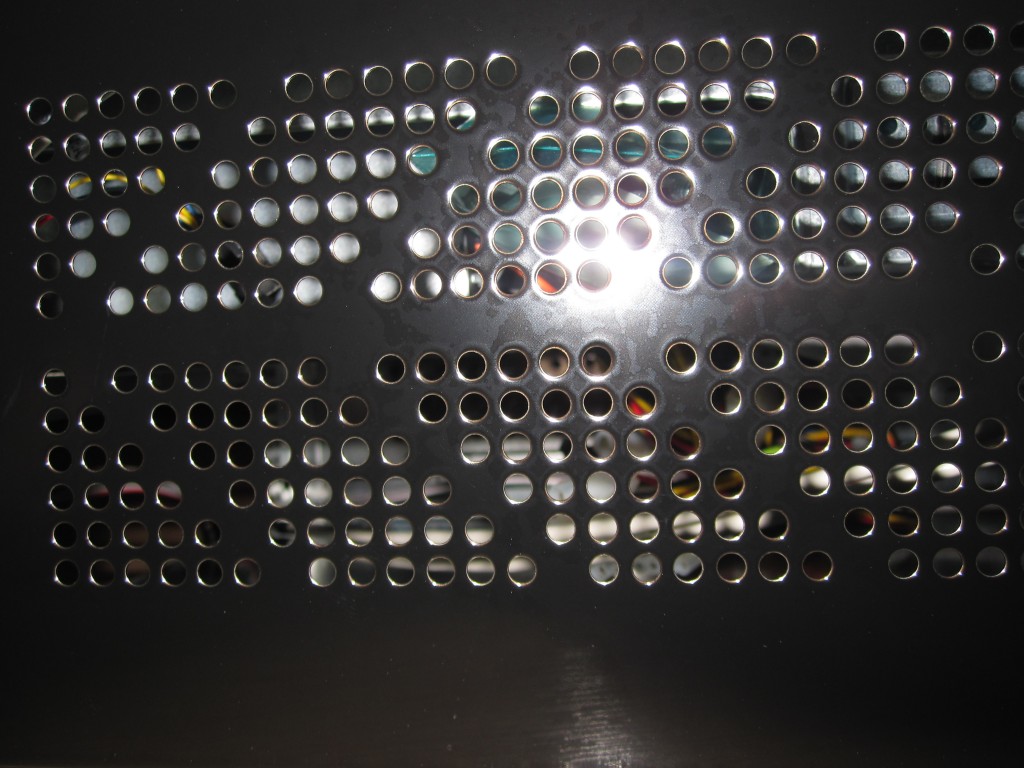
Power Supply
The power supply, let’s face it, is not the best in the world. It is rated for 250w max and is not as efficient as my PicoPSU 150XT by any means. I can plug the system in, powered by either PSU to the same power meter and the internal PSU draws 2-3w more (which can be 10% for 25w idle systems).
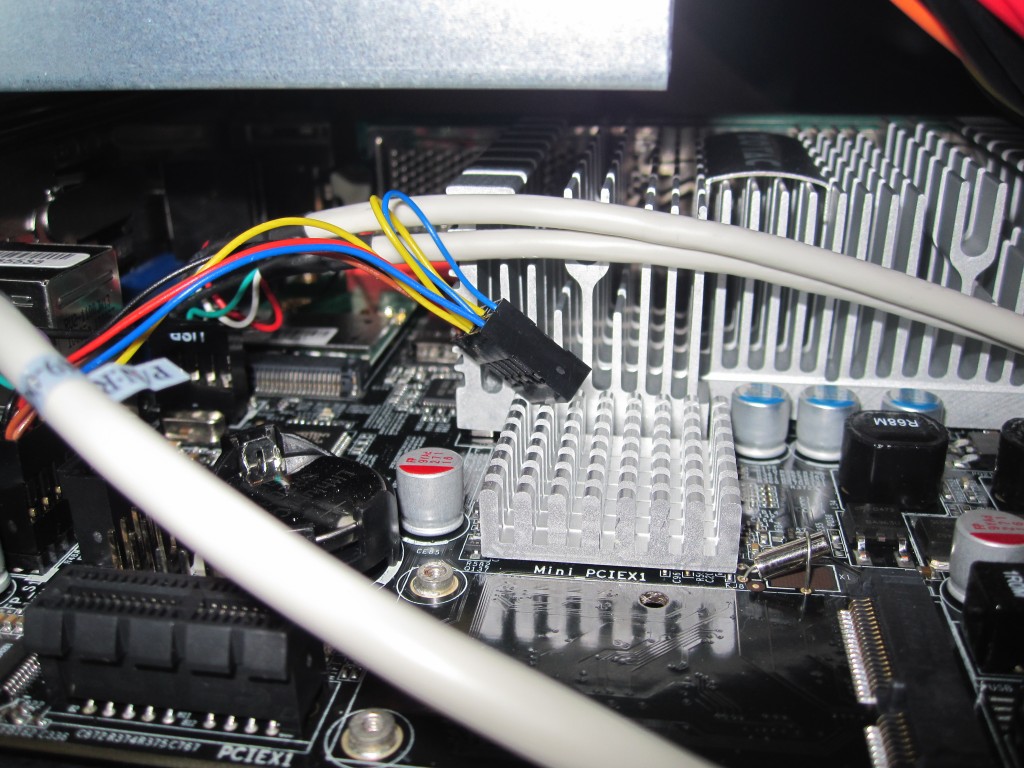
250w max power output is generally more than sufficient for the mITX platform as lack of motherboard real estate limits overclocking and expansion options. One serious note is that the MI-100’s included PSU will likely not drive a high-end GPU. Then again, with the current state of onboard graphics, this is likely a negligible issue for most people.
Reports online generally state that the PSU is prone to failure, however I have not seen this. One nice feature is that the PSU has a 20-pin ATX connector with an additional 4-pin breakaway that allows one to use it as a 24-pin ATX connector. This is a great mITX PSU feature since mITX motherboards can use either. I recently had to purchase a 24-pin to 20-pin converter to use my PicoPSU (24-pin) in a review.
Although it is not the most efficient unit, the power supply is included with the case. Since most quality power supplies will alone cost as much as the Apex MI-100 with the included PSU, it is a good value. At 2-3w of additional power draw, including the fan providing airflow, changing the PSU solely on efficiency grounds is unwarranted.
Quality
Quality wise, the case feels sturdy, however, some of the bay covers are made out of plastic making me wonder how often the clips holding the spring loaded doors last. With that being said, I now own three so for the price, they are actually quite sturdy.
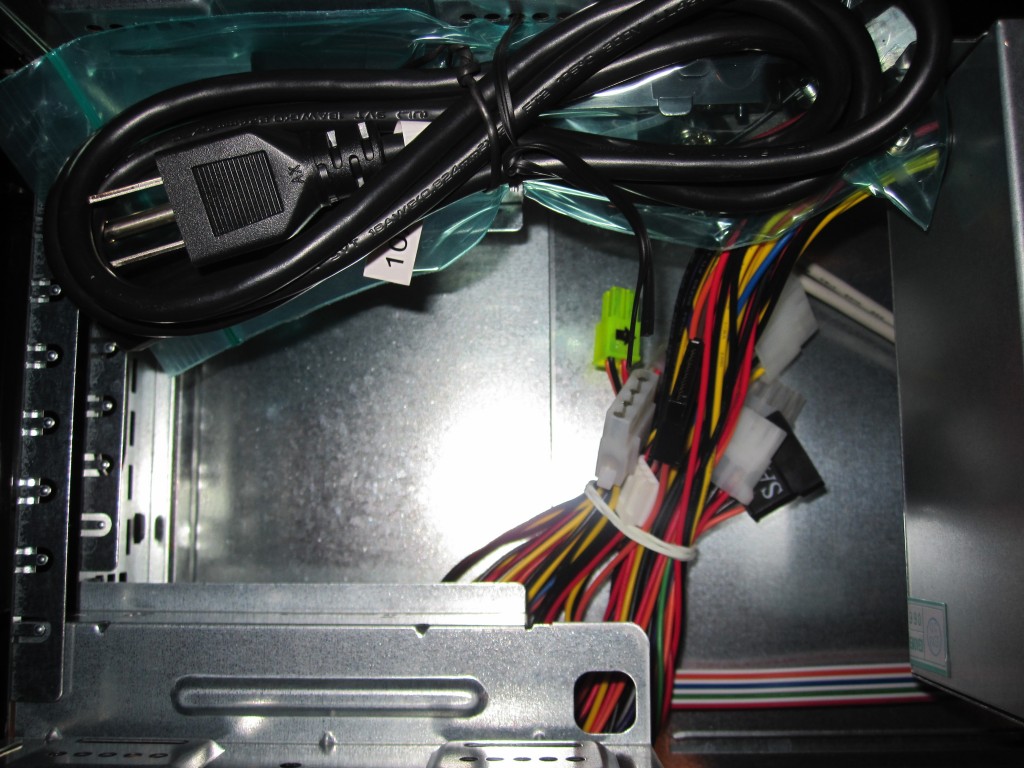
Conclusion
The Apex MI-100 is a fairly inexpensive case and CPU combination that is a great HTPC enclosure. I have these cases, and even one Rosewill knock-off (or re-brand) located all over the place due to their low cost, small size, and low noise attributes. The mITX platform is certainly not for everyone, but after my first endeavor about a year ago, I now have multiple, simplistic HTPCs built on the platform.

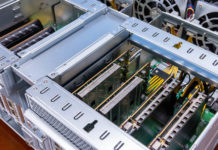

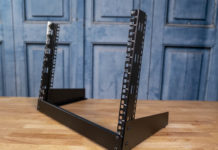
thanks for the review. is the expansion slot full height or half? I think the Antec ISK300 series I have is overheating because the i5-760 is too hot for such a small enclosure.
Reyes, I believe its full height.
My only complaint about this case is the front. The mirror finish is nice, but it is made of this softer than usual plastic which easily scratches and leaves noticeable marks.
It is full height. I think the mirrored finish could scratch easily, but I have yet to do so on any of the cases. Then again, after being built, and having an operating system installed, I very rarely need to physically touch the machine.
How’s the fan noise? I built a HTPC, using the Foxconn R10-G3 as a starting point, and the PSU fan on this guy was like a hoover, I just replaced the PSU fan with a silnex, I’m sure I lowered the airflow by 10% but the fan is now silent, but now I hear the CPU Fan, lol, and I was looking for another cooling option, as it’s the stock intel fan, but can a case help out with the fan noise? ts not really the sound of the fan’s motor, is the sound of the air being moved, maybe this case can help out with that noise.
thanks
Using the stock Intel/ Clarkdale CPU cooler I cannot hear either fan (PSU or CPU), even under decent CPU load (much more than a h.264 playback would require).
That being said, there are open vents on each side, as depicted above, so if you have a really loud CPU cooler, then you will likely hear that through this case.
The vent holes on the side of the case are a perfect fit for two 80 mm fans. I have the Thermaltake version of the case with identical holes and I run two fans there.